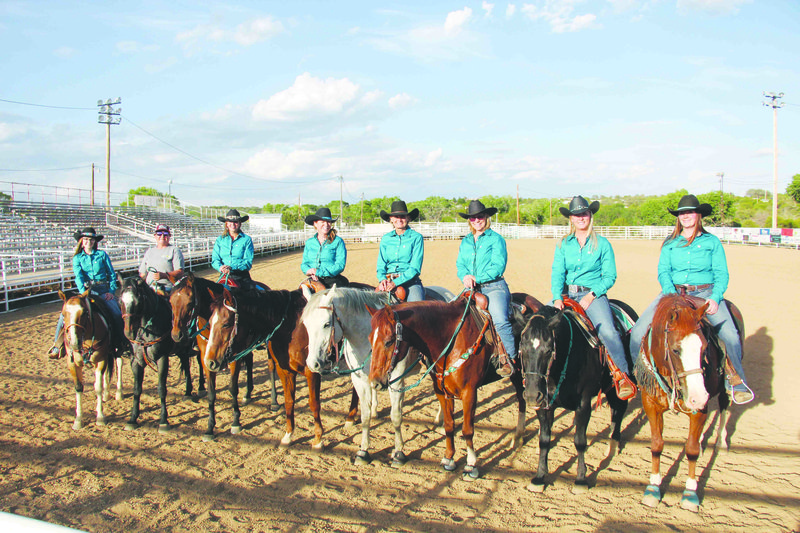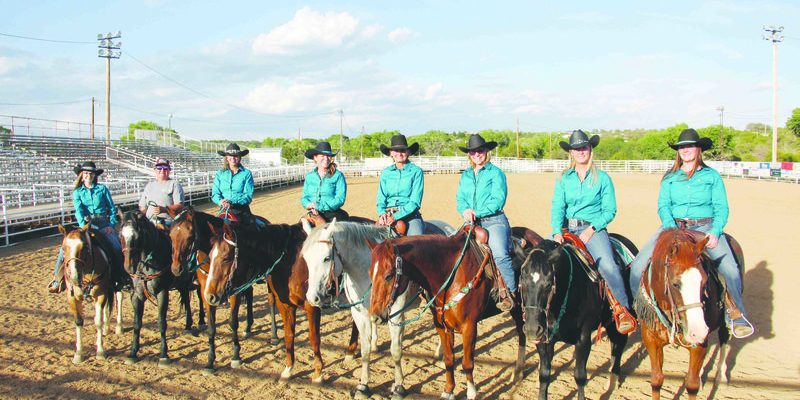
You might hear “drill” and think of a power tool, but in this case, we’re talking about a fascinating primate! Drills are large monkeys native to central and western Africa. Just picture a mix between a baboon and a chimpanzee, and you’ll start to see why they’re so intriguing. These monkeys have striking features, like bright blue skin on their faces and rears, which gives them a unique look in the animal kingdom.
Drills are social creatures that thrive in groups. They live in forests and are often found in tropical environments. What makes them even more special is their behavior; they are known for their agility and strength, making them quite capable of navigating their forest homes. Let’s dive deeper into understanding drills—where they live, what they eat, and how they interact with one another.
Physical Characteristics of Drills
Drills are impressive animals when it comes to size and appearance. Adult males typically weigh between 77 to 100 pounds, while females are slightly smaller, ranging from 50 to 70 pounds. They have long limbs that help them swing through the trees, and their fur is a mix of brown and gray with a hint of a shiny quality. The most striking feature, though, is the vivid blue skin on their rumps and faces, which serves as a form of communication among the members of their species.
These monkeys also have strong jaws and large teeth, adapted to their omnivorous diet. They are equipped to eat a wide variety of foods—from fruits to small animals and even nuts. This adaptability in their diet is crucial for their survival in the wild, especially in environments where food availability can change with the seasons.
Habitat and Distribution
Drills are primarily found in the dense rainforests and moist savannas of central and western Africa. Their distribution includes countries like Nigeria, Cameroon, and Equatorial Guinea. They prefer the company of their own kind, so they typically stay in groups known as troops, which can consist of up to 30 individuals. The trees in their habitat provide both food and shelter, making it a perfect home for their lifestyle.
One interesting fact about drills is that they spend most of their time on the ground compared to other monkeys. This behavior allows them to forage for food more effectively while still being able to climb trees for safety. Unfortunately, their habitat is increasingly threatened by deforestation and hunting, which has raised concerns for their survival. Protecting their environment is crucial to ensuring their future.
Diet and Feeding Behavior
When it comes to food, drills are omnivores. Their diets consist of a variety of items, including fruits, leaves, flowers, seeds, and insects. They are particularly fond of ripe fruits, which can be found hanging plentifully in their forest habitats. Imagine the smell of fresh bananas and berries; it’s a buffet they enjoy with their families!
Their foraging behavior is fascinating. Drills will often use their strong jaws to crack open hard seeds or nuts, showcasing their problem-solving skills. They tend to feed in the morning and late afternoon when the temperatures are cooler. During these times, they not only nourish their bodies but also engage in social interactions, which are essential for maintaining troop harmony.
Social Structure and Behavior
Drills are highly social animals, living in structured groups that help them thrive in their environments. Within these troops, they form strong bonds, often grooming each other as a sign of affection and trust. Grooming plays an important role in their social dynamics; it helps to solidify relationships and reduce stress among members. This is where the magic of social interaction happens!
Leadership within a troop is typically matriarchal, meaning that females often hold the most influential positions. The males tend to be more prominent in terms of size and strength, but it’s the females who usually lead the social structure. This interplay between male and female roles adds depth to their social life, making drills a unique study for animal behavior enthusiasts.
Conservation Status
Unfortunately, drills are considered vulnerable due to habitat loss and hunting pressures. As human activities continue to encroach on their natural habitats, their populations have started to dwindle. Conservation efforts are being made, but more awareness is needed about their plight. Establishing protected areas and promoting sustainable practices is essential for their survival.
Research is ongoing to understand better how to help drills and their ecosystems. Educating local communities about the importance of these animals can also lead to better protection measures. The future of drills depends on both conservation efforts and the commitment of individuals who care about wildlife.
Interesting Facts About Drills
| Scientific Name: | Mandrillus leucophaeus |
| Size: | 77-100 lbs (males), 50-70 lbs (females) |
| Habitat: | Rainforests and moist savannas of Central and Western Africa |
| Diet: | Omnivorous – fruits, leaves, insects, seeds |
| Lifespan: | Up to 30 years in the wild |
Understanding drills opens a window into the intricate lives of these remarkable primates. From their striking appearance to their social structures and habitats, drills remind us of the beauty and fragility of wildlife. Protecting them is not just about saving one species; it’s about maintaining the balance of an entire ecosystem. You can contribute to their survival by advocating for conservation efforts and spreading awareness. After all, every voice counts in the fight to protect our planet’s precious biodiversity.
FAQ
What do drills use their strong teeth for?
Drills use their robust teeth primarily for eating an omnivorous diet. They can crack open hard seeds and nuts, making their strong jaws and teeth vital for obtaining nutrients. This ability to adapt their feeding habits to available resources is key to their survival in the wild.
How do drills communicate with each other?
Drills communicate through a variety of vocalizations, body language, and facial expressions. For instance, they may grunt or bark to alert their troop to potential danger. Grooming behaviors also serve as a form of communication, helping to reinforce social bonds and reduce tension within the group.
Are drills endangered?
Yes, drills are considered vulnerable and face threats from habitat loss and hunting. Conservation efforts are underway to protect their habitats and promote sustainable practices in the regions where they live. Awareness and education about their plight are crucial in supporting these efforts.
What kind of social structure do drills have?
Drills have a matriarchal social structure, meaning females often lead the troops. They form strong bonds with each other, often grooming and caring for their young collectively. This social dynamic is essential for maintaining peace and cooperation within the group.
What do drills eat in the wild?
Drills have an omnivorous diet, consuming fruits, leaves, flowers, seeds, and insects. Their ability to adapt their diet according to seasonal availability plays a key role in their survival in the wild.
How long do drills typically live?
In the wild, drills can live up to 30 years. However, their lifespan can be affected by factors such as habitat conditions, food availability, and threats from hunting or deforestation.
Where can drills be found?
Drills primarily inhabit the rainforests and moist savannas of central and western Africa, particularly in countries like Nigeria, Cameroon, and Equatorial Guinea. Their natural habitat is closely linked to their social and feeding behaviors.
What are the main threats to drill populations?
The main threats to drill populations include habitat loss due to deforestation, hunting for bushmeat, and the illegal pet trade. These factors have led to a decline in their numbers, highlighting the need for ongoing conservation efforts.
Do drills have predators?
Yes, drills can fall prey to larger carnivores in their habitats, such as leopards. Young or weaker individuals are particularly vulnerable. Their social structure often helps them to warn each other about potential threats.
How do drills contribute to their ecosystem?
As foragers, drills play an important role in their ecosystem by helping to disperse seeds and pollens. Their feeding habits contribute to the growth and regeneration of plants in their habitat, enhancing the overall health of their ecosystem.
Can drills be kept in captivity?
Drills can be found in some sanctuaries and zoos, where they are part of breeding programs aimed at conservation. However, keeping them in captivity is complex and requires significant knowledge of their needs, as well as a commitment to ensuring their wellbeing.
What are some unique behaviors of drills?
Drills engage in various unique behaviors, including complex social interactions and problem-solving skills when foraging for food. Their grooming rituals not only serve to clean but also strengthen social bonds among troop members.
How can I help protect drills?
You can help protect drills by supporting wildlife conservation organizations, spreading awareness about their plight, and advocating for sustainable practices in forest management. Every effort counts when it comes to preserving our planet’s biodiversity.

